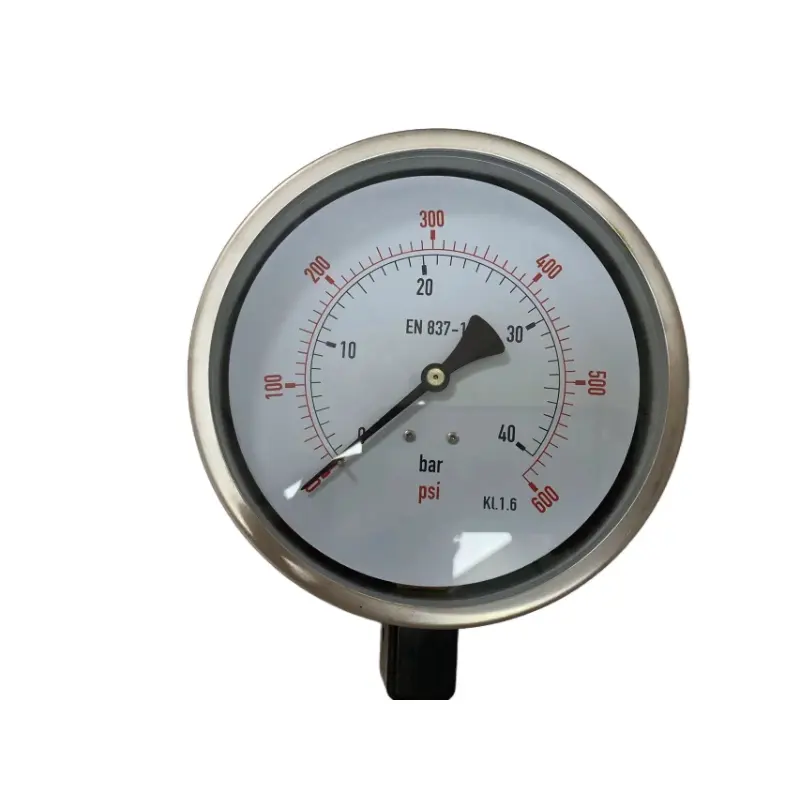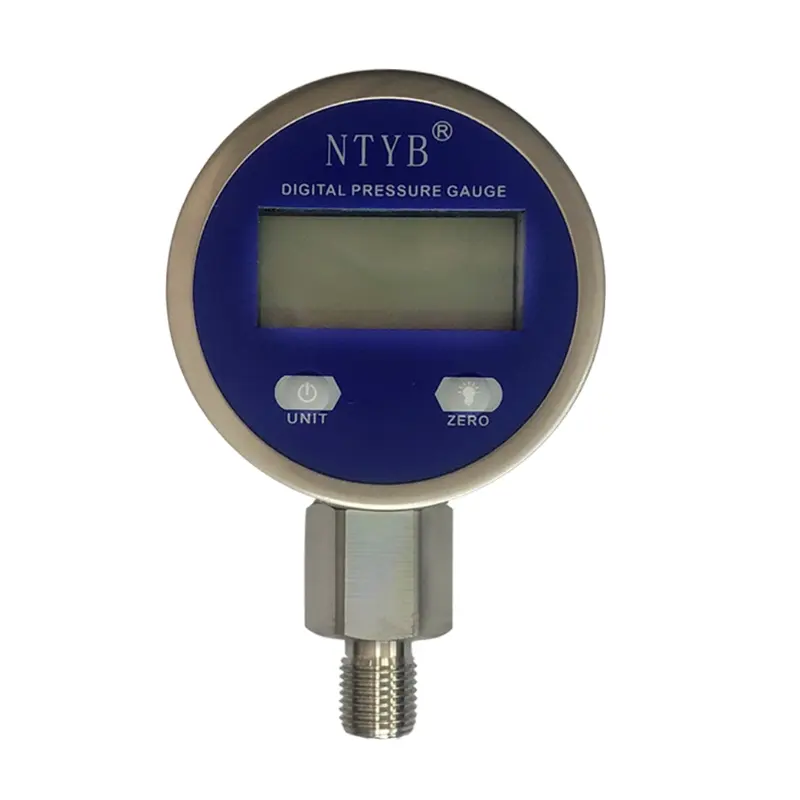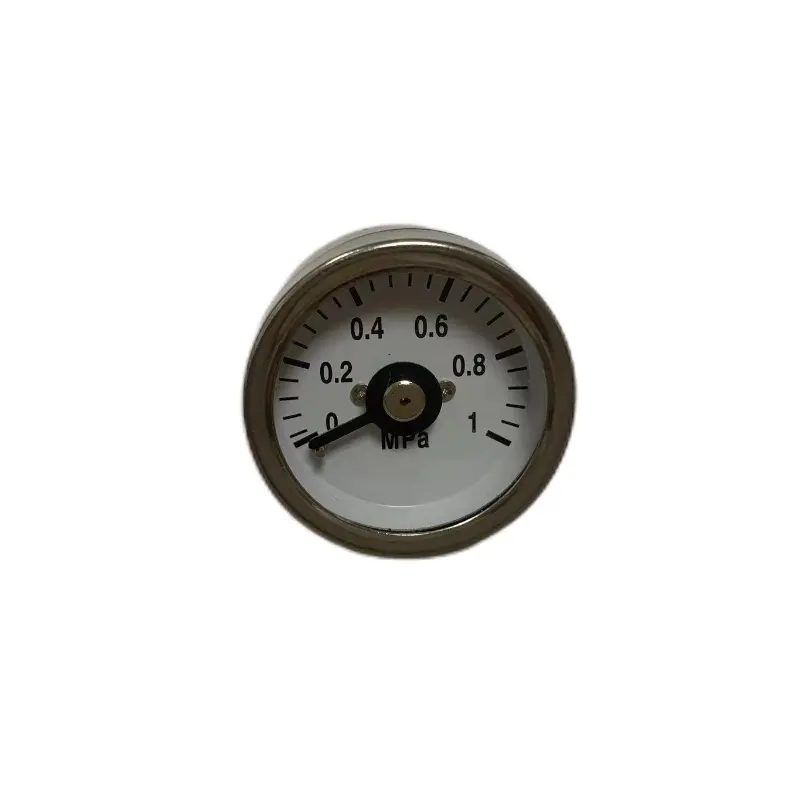¿Cuál es la diferencia entre un manómetro seco y un manómetro lleno de líquido?
Hora de lanzamiento: 2025-05-10
En el ámbito industrial, los manómetros se utilizan para medir la presión de gases y líquidos, garantizando así la seguridad y estabilidad de los equipos. Según sus diferentes principios de funcionamiento, los manómetros se dividen en manómetros secos y manómetros de presión. manómetros llenos de líquidoAmbos difieren en estructura, rendimiento y aplicación, y también son adecuados para diferentes entornos de trabajo.
El manómetro seco es una herramienta de medición de presión de uso común que no contiene líquido. Su principio de funcionamiento consiste en medir la presión mediante componentes mecánicos (como resortes, agujas y diales) y convertirla en un valor que se muestra en el dial. Al no contener líquido, su estructura es relativamente simple y su costo es bajo. Es adecuado para entornos con vibraciones y fluctuaciones de presión leves.
Ventajas del manómetro seco:
Bajo costo: no hay relleno de líquido y el costo de fabricación es relativamente barato.
Velocidad de respuesta rápida: como no hay un amortiguador de líquido, los cambios de presión se pueden reflejar en el dial más rápidamente.
Estructura simple: tiene menos partes mecánicas y es fácil de mantener y reparar.
Desventajas del manómetro seco:
Susceptible a vibraciones: si hay fuertes vibraciones o fluctuaciones de presión en el entorno de trabajo, la precisión del manómetro seco puede verse afectada.
Menor precisión: en entornos con grandes vibraciones o cambios de temperatura, puede que no sea posible proporcionar lecturas de presión estables.
Por lo tanto, los manómetros secos se utilizan generalmente en lugares donde la precisión de la medición de la presión no es alta y el entorno es relativamente estable.
Los manómetros de líquido son instrumentos de medición de presión que contienen líquido (generalmente glicerina, aceite de silicona u otros líquidos viscosos). La función principal del líquido es reducir el impacto de la vibración y la presión de pulso en la medición, mejorando así la estabilidad y la precisión de la misma.
El principio de funcionamiento del manómetro de líquido es similar al del manómetro seco. Ambos deforman los resortes internos, las agujas y otras piezas mecánicas al medir la presión. Sin embargo, a diferencia del manómetro seco, el... Manómetros mecánicos industriales llenos de líquido estabiliza el movimiento de las piezas mecánicas mediante el efecto amortiguador del líquido para evitar errores provocados por vibraciones y fluctuaciones de presión.

Tabla comparativa: Manómetros secos vs. manómetros llenos de líquido
| Característica | Manómetros de presión seca | Manómetros de presión llenos de líquido |
|---|---|---|
| Estructura | Sin relleno de líquido, estructura sencilla. | Lleno de líquido, estructura compleja. |
| Costo | Más bajo | Más alto |
| Velocidad de respuesta | Rápido | Relativamente más lento |
| Exactitud | Menor precisión | Mayor precisión |
| Entorno adecuado | Entorno estable, baja vibración. | Alta vibración, frecuentes fluctuaciones de presión. |
| Resistencia a la vibración | Susceptible a las vibraciones | Reduce eficazmente el impacto de la vibración. |
| Protección | Sin protección | Reduce el desgaste y la corrosión, prolonga la vida útil. |
| Adaptabilidad a la temperatura | Bien | Puede verse afectado por temperaturas extremas. |
En comparación, podemos observar que los manómetros secos y los de líquido tienen sus propias ventajas. Los manómetros secos son adecuados para entornos relativamente estables, mientras que los de líquido funcionan mejor en entornos con alta vibración y fluctuaciones frecuentes de presión. Al elegir un manómetro, las empresas deben decidir qué tipo de manómetro es el más adecuado según el entorno de trabajo real y las necesidades para garantizar el funcionamiento estable del equipo y la precisión de la medición.


